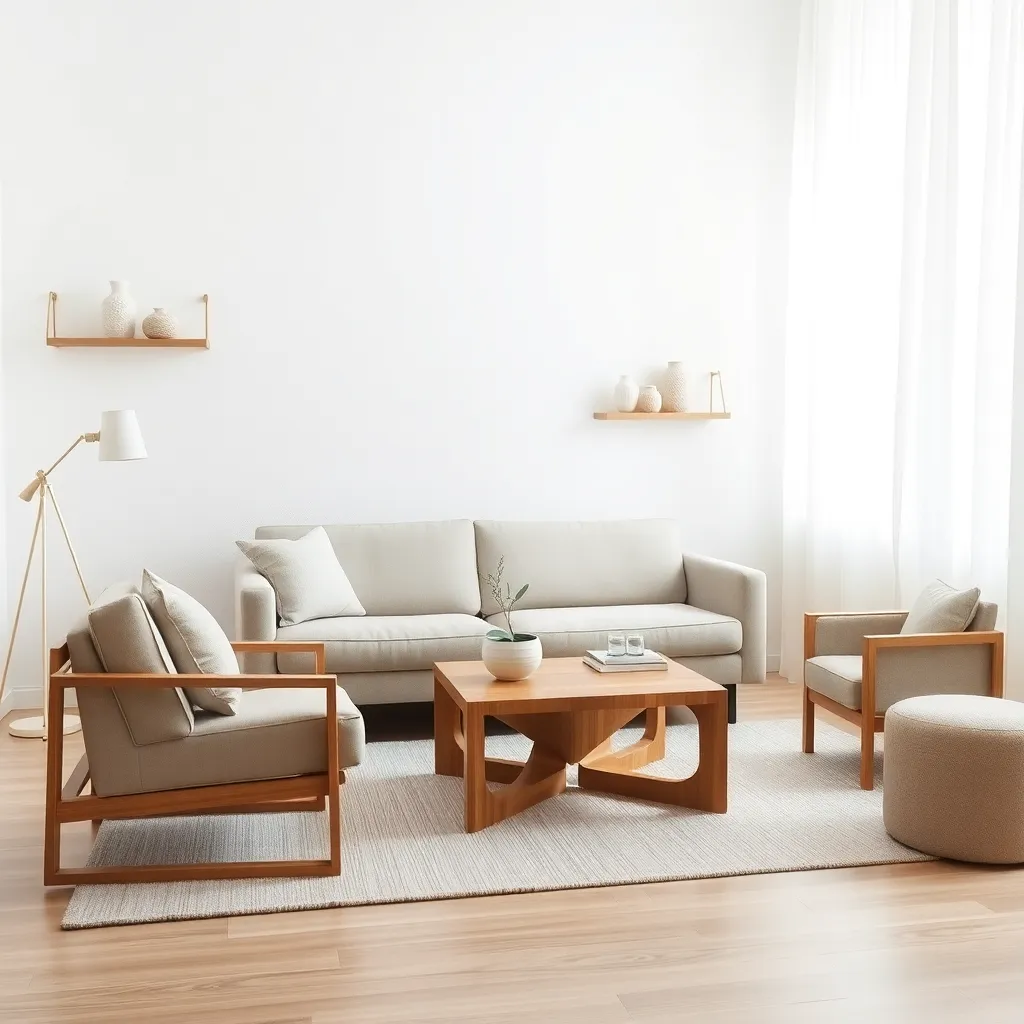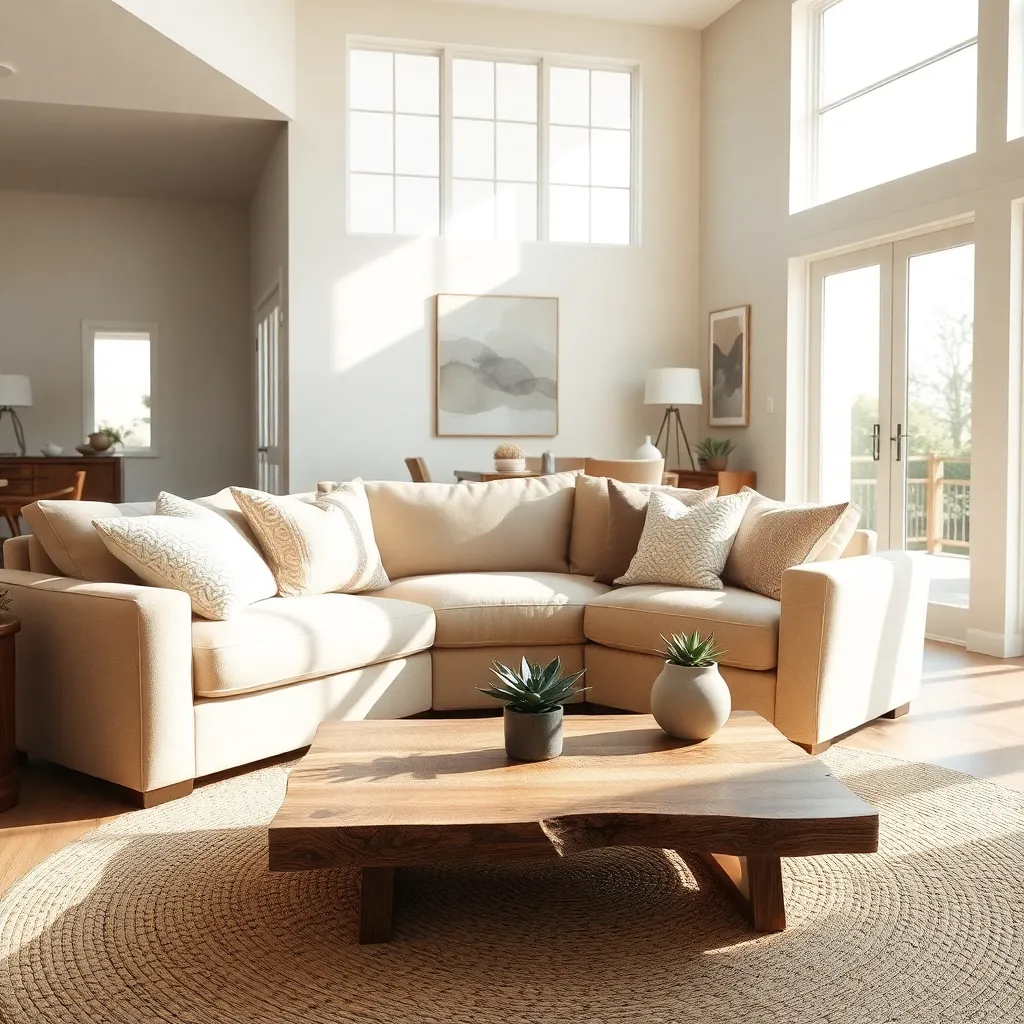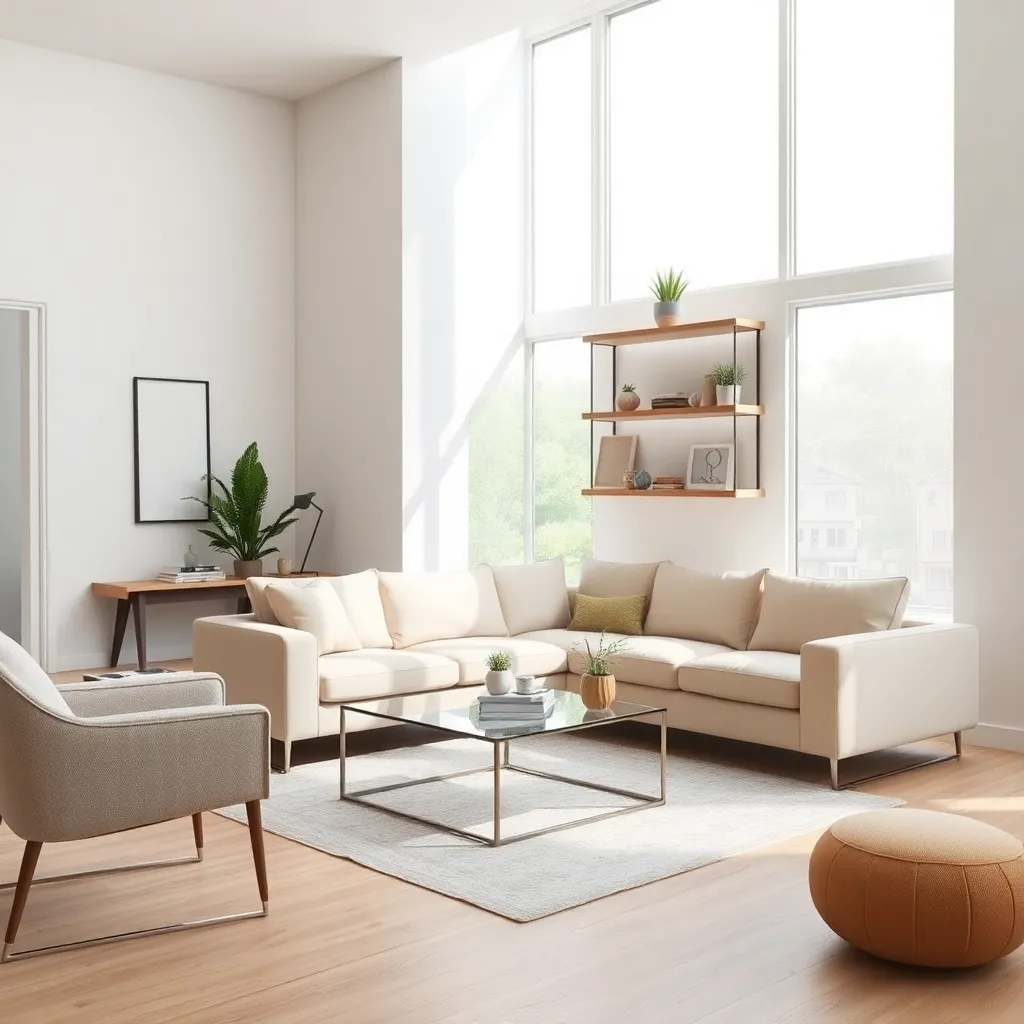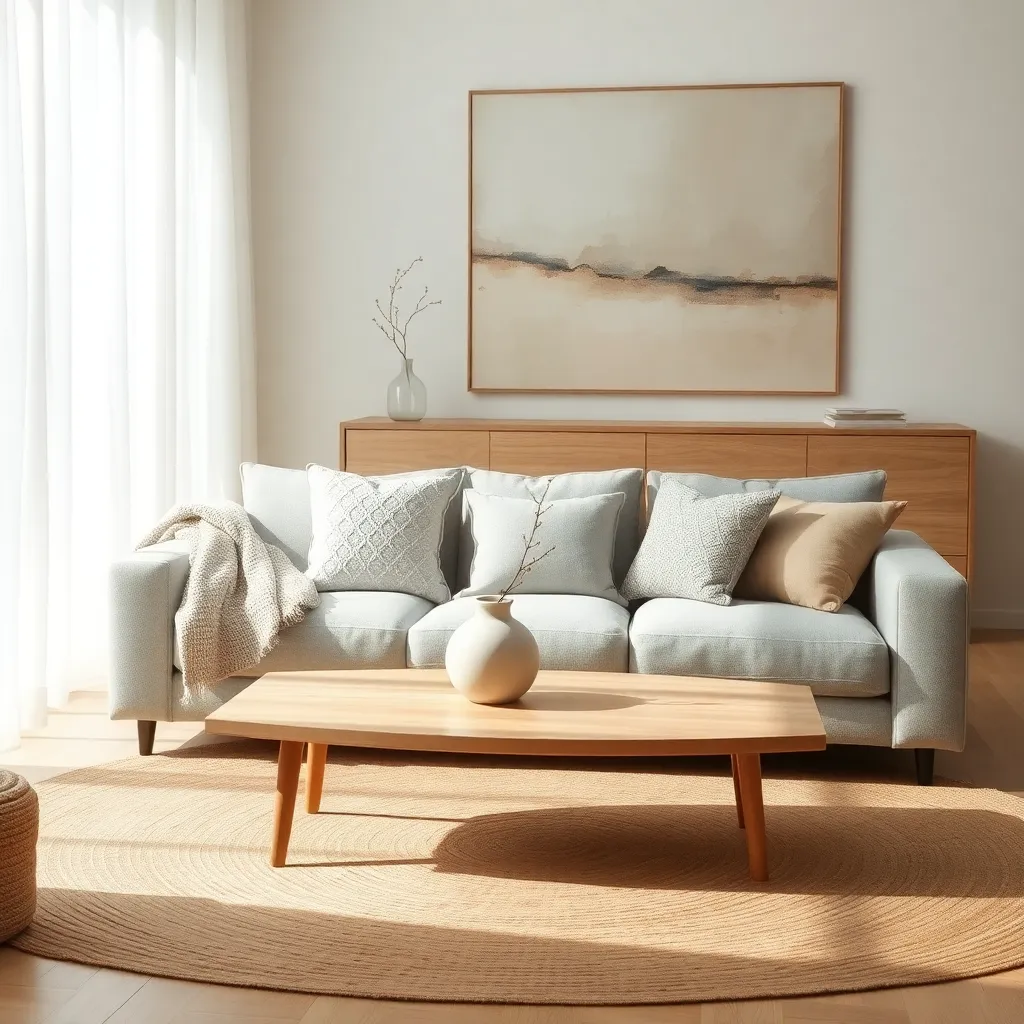In a world brimming with clutter and chaos, the minimalist approach to home decor offers a refreshing sanctuary for the soul. This design philosophy, which champions simplicity and functionality, invites both budding decorators and seasoned design enthusiasts to explore the beauty of less. Whether you’re embarking on your first home transformation or refining an established aesthetic, minimalist decor serves as a canvas for creativity, emphasizing quality over quantity.
Minimalism isn’t just about removing excess; it’s about creating space for what truly matters. By focusing on clean lines, purposeful pieces, and a serene palette, you can craft an environment that nurtures tranquility and mindfully reflects your personal style. In this article, we’ll delve into the essential principles of minimalist decor, guiding you on how to achieve a harmonious balance in your living spaces.
You’ll discover how to select versatile furnishings that enhance functionality without sacrificing elegance. We’ll also explore the subtle art of curating decor that adds warmth and personality without overwhelming the senses. Whether you’re ready to take your first step into minimalism or seeking to elevate your existing decor, this journey promises to transform your home into a peaceful retreat that embodies simplicity and sophistication.
Understanding Minimalist Design Principles

In minimalist design, the mantra is “less is more,” focusing on simplicity and functionality. To achieve this, select furniture pieces that serve dual purposes, such as a coffee table with storage underneath.
Simplified color palettes are a hallmark of minimalist design, typically featuring neutral tones like whites, greys, and beiges. Consider painting walls in a soft white and using accessories to add subtle pops of color, such as muted blues or greens.
Furniture placement should emphasize open spaces and flow, creating a sense of calm and order. Arrange furniture to allow natural light to illuminate the space, which can make a room feel larger and more inviting.
For those looking to delve deeper into minimalist design, consider investing in high-quality materials that provide a tactile experience, such as natural wood or stone. These elements can add warmth and texture to a space without overwhelming the minimalist aesthetic.
Choosing Essential Furniture Pieces

When selecting essential furniture for a minimalist home, focus on pieces that offer both functionality and aesthetic appeal. Opt for furniture with clean lines and simple silhouettes to maintain the minimalist ethos.
Consider multifunctional furniture to maximize space efficiency. For instance, a bed with built-in storage or a coffee table that doubles as a desk can help keep your space uncluttered and versatile.
Incorporating natural materials like wood or stone can add warmth and texture to a minimalist space. Choose light wood tones or subtle stone finishes to maintain a serene and cohesive look.
For seating, select sofas and chairs with neutral colors such as white, gray, or beige. These shades create a calm backdrop that can be easily accented with colorful cushions or throws when desired.
Placement is crucial in minimalist decor; ensure each piece of furniture has a purpose and space around it to breathe. Arrange your furniture to create clear pathways and open areas, enhancing the flow and spaciousness of the room.
Advanced decorators might experiment with bold furniture pieces as focal points. A striking armchair or a sculptural dining table can add interest and personality without overwhelming the minimalist aesthetic.
Incorporating Neutral Color Palettes

Incorporating neutral color palettes into your minimalist home decor can create a serene and timeless environment. Begin by selecting a base color such as white, beige, or light gray for your walls, which provides a blank canvas for the entire room.
To add depth and interest, introduce various textures through fabrics and materials. Consider using linen curtains, wool throws, or a jute rug to create layers without overwhelming the space.
When selecting furniture, opt for pieces in similar neutral tones to maintain harmony. A taupe sofa or an ivory armchair can blend seamlessly with the walls while adding elegance and comfort.
Advanced decorators might experiment with subtle contrasts to enhance the neutral scheme. Incorporate black metal accents or dark wood finishes in elements like picture frames or coffee tables for a sophisticated touch.
Maximizing Space with Smart Layouts

Arranging your furniture strategically is crucial to maximizing space in a minimalist home. Begin by selecting multifunctional pieces like a sofa bed or a coffee table with storage, which not only save space but also add functionality.
Consider the flow of movement within your room to ensure that there are no obstructions. Place larger furniture against walls to create an open central area, which makes the room feel more spacious and inviting.
Using mirrors is a classic technique to enhance the perception of space. Position a large mirror opposite a window to reflect natural light and create the illusion of a more expansive area.
For a cohesive look, stick to a limited color palette that complements your furniture and decor. Incorporate light colors and soft fabrics, as they tend to make rooms appear larger and more airy.
Avoid overcrowding by keeping surfaces clear and organized. Utilize vertical space with wall-mounted shelves for storage, allowing you to keep essential items without sacrificing valuable floor space.
Using Textures for Subtle Interest

Integrating texture is a brilliant way to add subtle interest to a minimalist space without overwhelming it. Consider using natural materials like linen, wool, or cotton to create a cozy yet understated ambiance.
Mixing different textures can bring depth to monochrome color schemes. For example, pair a sleek leather sofa with a chunky knit throw for a balanced contrast that remains simple yet intriguing.
Incorporate textured elements through small accessories if you’re new to this approach. A woven basket or a soft, shaggy rug can introduce a tactile element that’s both functional and aesthetically pleasing.
For a more advanced touch, layer textures in similar tones to maintain a cohesive look. Use a variety of materials like velvet cushions, wooden furniture, and glass decor to create a nuanced and sophisticated palette.
Conclusion: Growing Success with These Plants
In exploring minimalist home decor, we’ve unveiled five key relationship concepts: the importance of creating a peaceful space that nurtures connection, the role of decluttering to reduce stress and enhance communication, the power of intentional design in fostering intimacy, the significance of shared decision-making in decorating, and the impact of a serene environment on emotional well-being. These insights not only streamline your living space but also enrich the foundation of your relationship.
As an immediate next step, consider selecting one area of your home to declutter together this weekend, using it as a bonding activity that rejuvenates both your space and your partnership. This small action can lead to significant improvements in your shared environment and relationship dynamics.
Don’t forget to bookmark this article for easy access to these transformative ideas, ensuring you can revisit and apply them whenever needed. Remember, a harmonious home is a stepping stone to relationship success, setting the stage for deeper connections and enduring happiness. By embracing minimalism, you empower your relationship to thrive amidst simplicity and intention. Here’s to a future filled with love, clarity, and shared joy!
